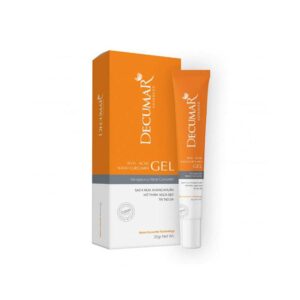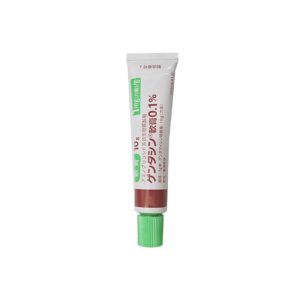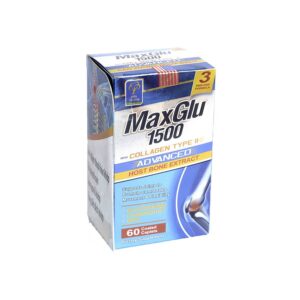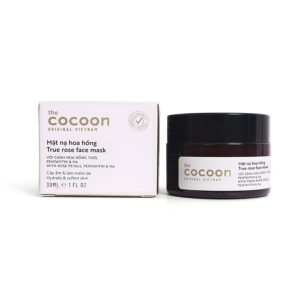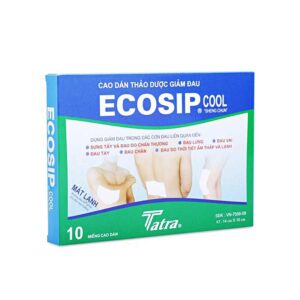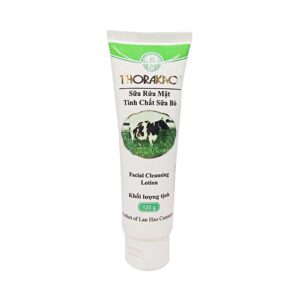Functional foods not only bring many positive health benefits and reduce the risk of disease. In particular, the use of functional foods helps prevent nutritional deficiencies, supports growth and development for children.
1. What is a functional foods?
Functional foods were first introduced in Japan in 1980 when they were approved by the authorities and proven to provide many benefits in improving overall health.
Some examples of healthy functional foods are vitamins, minerals, probiotics or fiber supplements. Nutrient-rich foods such as fruits, vegetables, nuts, seeds and whole grains are also often considered supplements due to their health benefits. For example, oats contain a type of fiber called beta glucan that has been shown to reduce inflammation, boost immune function and improve heart health.
Likewise, fruits and vegetables are resistant to disease because they contain many antioxidant compounds that are very healthy.
2. How many types of functional foods are there?

Functional foods are divided into two categories: common foods and fortified foods.
Conventional foods provide all-natural ingredients, providing important nutrients such as vitamins, minerals, antioxidants and heart-healthy fats.
Meanwhile, fortified foods are fortified with some ingredients, such as vitamins, minerals, probiotics, or fiber, to further enhance the health benefits of that dish.
Here are some examples of common functional foods:
- Fruits: Berries, kiwis, pears, peaches, apples, oranges, bananas
- Vegetables: Broccoli, cauliflower, kale, spinach, zucchini
- Nuts: Almonds, cashews, macadamia nuts
- Seeds: Chia seeds, flax seeds, hemp seeds, pumpkin seeds
- Legumes: Black beans, green beans, navy beans, lentils
- Whole grains: Oats, barley, buckwheat, brown rice
- Seafood: Salmon, sardines, anchovies, mackerel, cod
- Fermented foods: Kimchi, sauerkraut
- Herbs and spices: Turmeric, cinnamon, and ginger
- Drinks: Coffee, green tea, black tea
Some examples of fortified functional foods include: fortified juices, fortified dairy products, fortified nut milk like almonds, cashews, fortified grains.
3. Potential benefits of functional foods
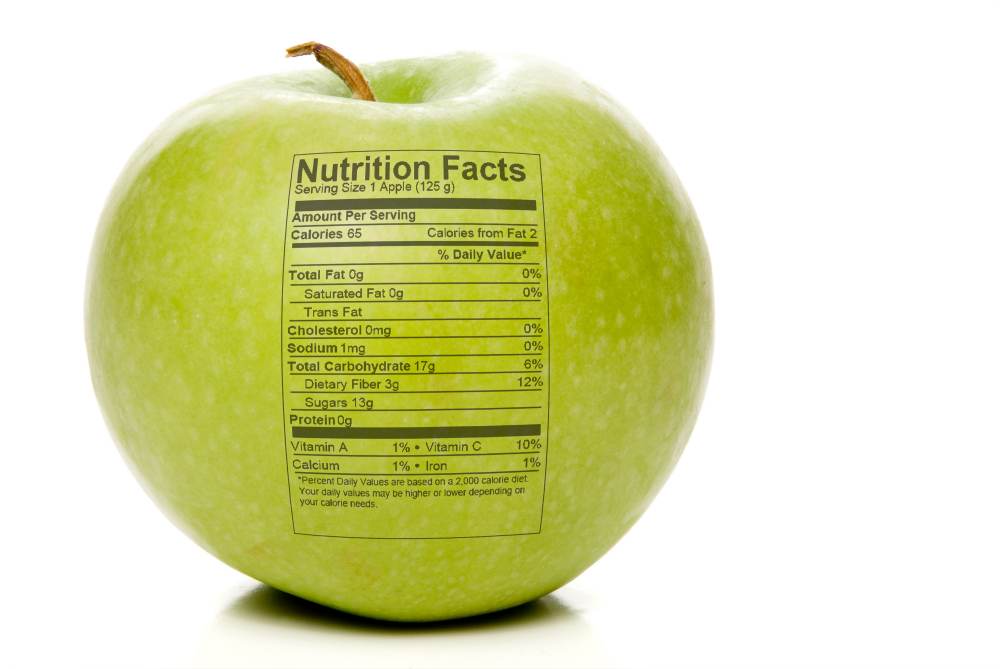
3.1. Prevent nutritional deficiencies
Functional foods often contain many important nutrients, including vitamins, minerals, healthy fats and fiber. A food-rich diet combined with dietary supplements will ensure you receive all the necessary nutrients and prevent nutrient deficiencies. In fact, with the introduction and widespread use of supplements, global nutrient deficiencies have decreased significantly. For example, after iron-fortified flour was introduced in Jordan, the incidence of iron deficiency in children fell by almost half.
3.2. Functional foods to prevent disease
Functional foods provide important nutrients that can help protect against disease. Some examples of disease preventive effects are as follows:
– Antioxidant-rich functional foods: These substances help neutralize harmful compounds called free radicals, which help prevent cell damage and a number of chronic diseases, including heart disease and cancer and diabetes.
– Omega-3 fatty acids functional foods: This is a healthy fat that helps reduce inflammation, boost brain function and promote heart health.
– Fiber-rich functional foods: promote better blood sugar control and protect against conditions like diabetes, obesity, heart disease and stroke. Fiber can also help prevent digestive disorders, including colitis, stomach ulcers, hemorrhoids, and acid reflux.
4. Can promote growth and development in children
– Certain functional foods provide nutrients that are essential for growth and development in infants and young children. For example: cereals, cereals and powders are often fortified with B vitamins like folic acid, which are essential for the health of the fetus.
– For pregnant mothers, low folic acid levels can increase the risk of neural tube defects, affecting the brain, spinal cord or spine.
Scientists have estimated that increasing the intake of folic acid helps reduce the rate of neural tube defects by 50% – 70%.
Other nutrients commonly found in functional foods also play an important role in children’s growth and development, including omega-3 fatty acids, iron, zinc, calcium and vitamin B12.
5. How to use functional foods?
– Eat more common functional foo:
These include nutritious whole foods like fruits, vegetables, whole grains, and legumes. These foods not only provide your body with essential vitamins and minerals, but also support overall health.
– Add fortified functional foods: A fortified supplement helps fill gaps in your diet to prevent nutrient deficiencies, as well as enhance health by boosting your diet absorb important nutrients such as vitamins, minerals, fiber, heart-healthy fats or probiotics.




